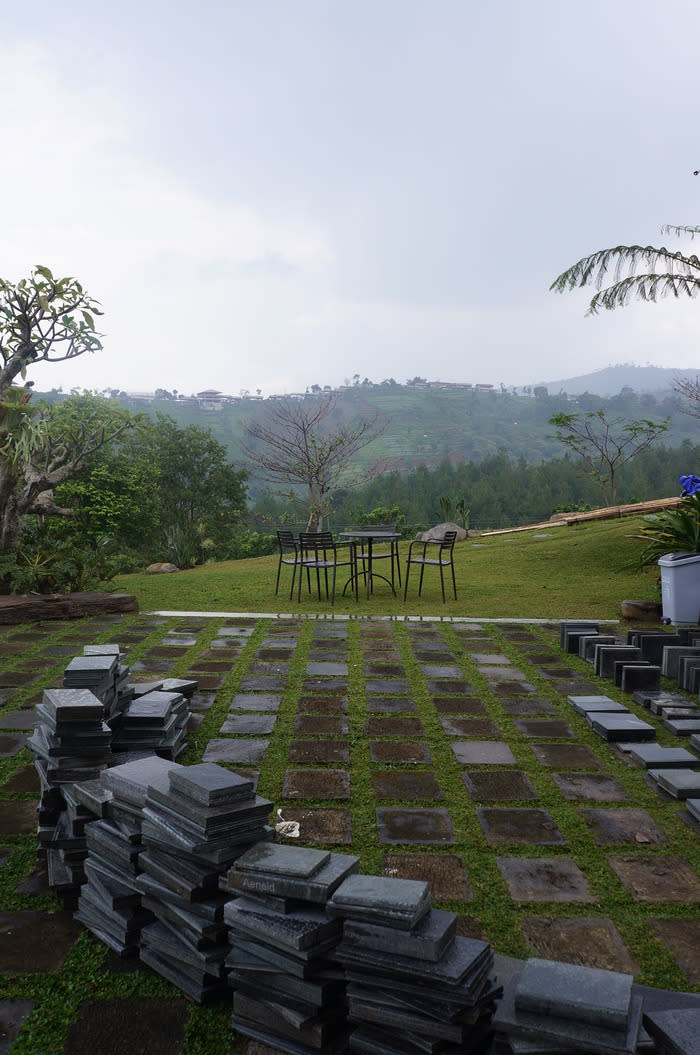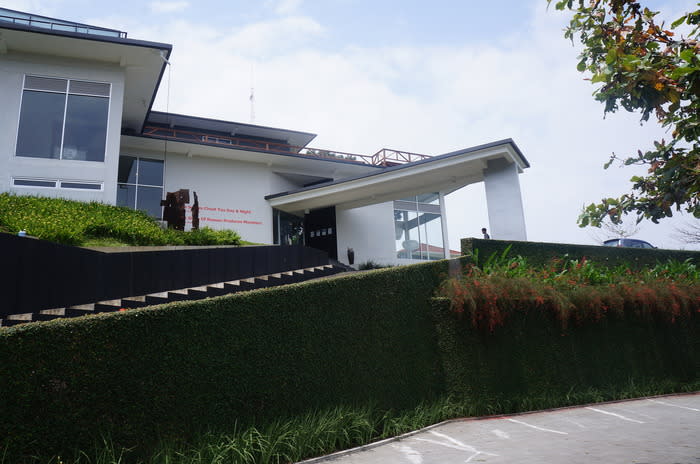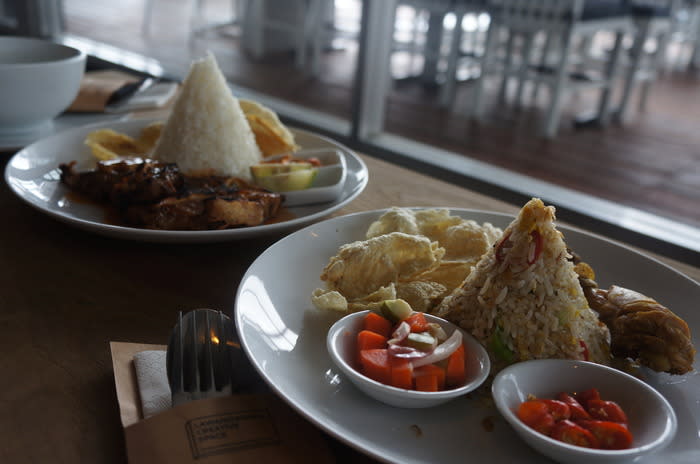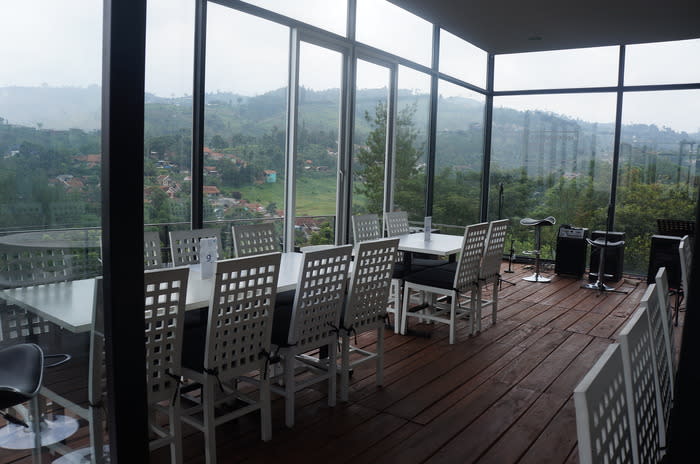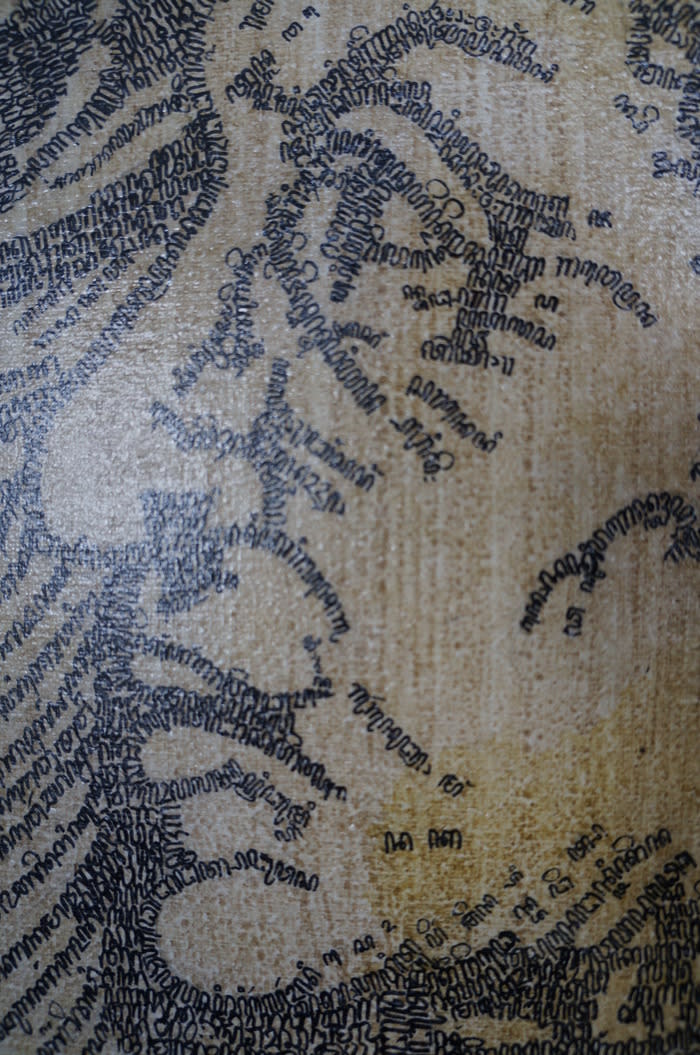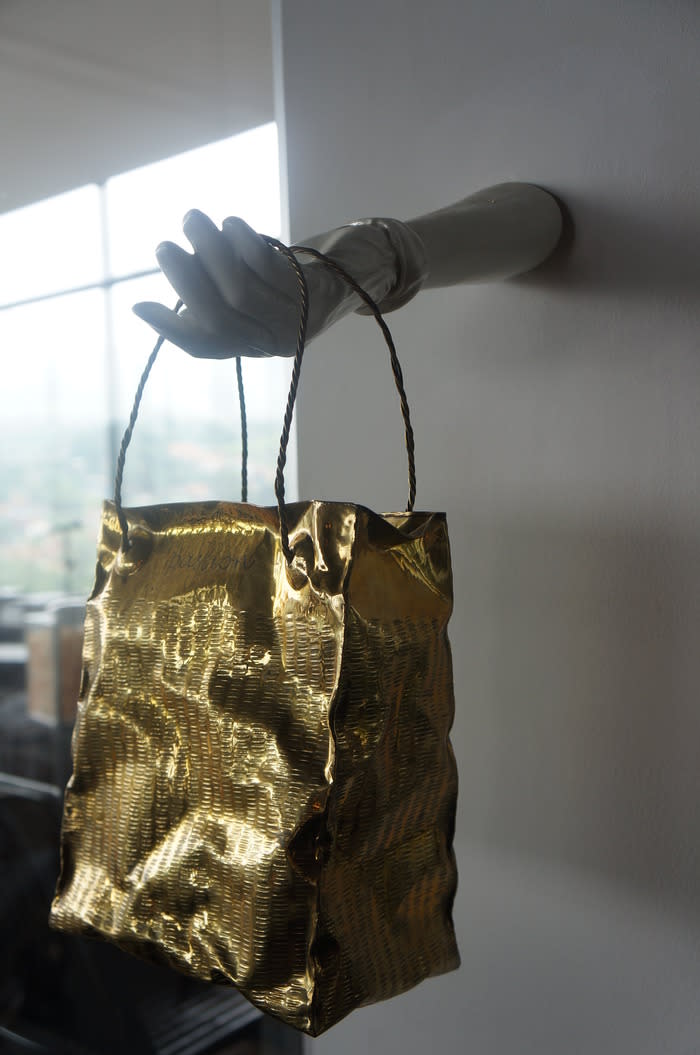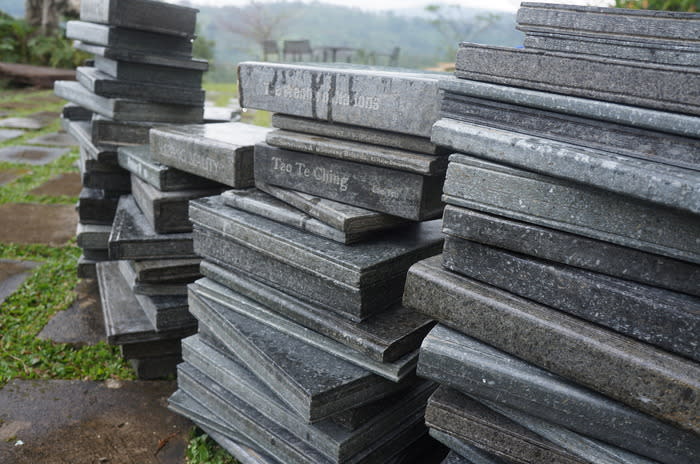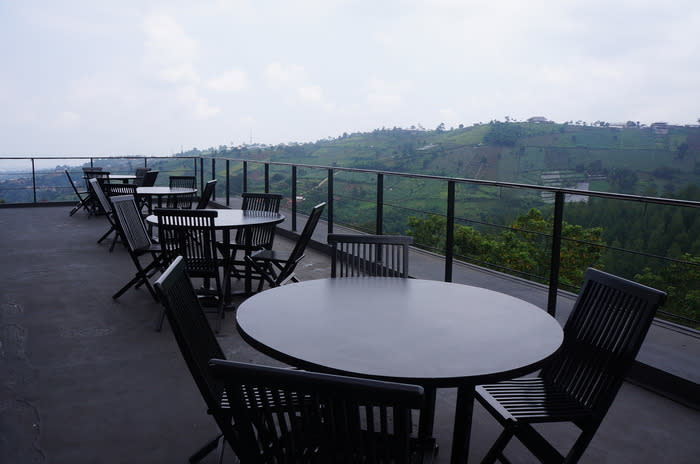An afternoon at Lawangwangi Creative Space
Countless numbers of artists have drawn inspiration from nature to create their masterpieces. And some artists, such as the ones whose works are displayed at the Lawangwangi Creative Space in Bandung, take it one step further by using nature’s processes-in other words, natural science- to create art.
I visited the art gallery last Friday to find that it was not accessible for the public on that day, as they were in the last stage of judging contestants of the third Bandung Contemporary Art Awards (BaCAA). But a staff member named Dani was kind enough to let me in to view several of the artists’ works. One of them was in the form of fungus growing on a medium shaped like a human body.
Such was one of the types of artwork that made it to Lawangwangi. This is hardly a surprise, since the founder of this gallery is a scientist with a passion for art. Dr. Andonowati established the gallery in 2007.
“I want people to come here, enjoy our café, and experience fine art. Moreover, to have access to it because now designed art is supposedly integrated with our daily life,” Andonowati said as she pointed out some of the art installations inside the café or what she referred to as a Design Space.
She added that Lawangwangi consists of three main parts: art gallery, design space, and a café. Without this information, it is very easy for visitors to assume that the art works scattered there are just the café’s interior decoration.
Andonowati said she wants visitors to get broader access to experience art, because art has been evolving so much recently, to the point that its form are no longer limited to tangible form such as statue, paintings or installations but could be experiences or memories, as in the case of watching performance arts. Therefore, artists can no longer be secluded beings.
She has been trying to stimulate a kind of organic collaboration between artist and scientists, but admitted that so far she has not been very successful. Through Lawangwangi, she aims to make these collaborations happen, and the annual BaCAA is one of her efforts to encourage them.
“The [BaCAA] winner will be granted Rp 100 million (US$10,244) as well as a fully paid two to three month residence experience in Europe where he or she will get a chance to collaborate with artists and scientists,” she said.
One of Lawangwangi’s missions is to get more Indonesian artists to be internationally recognized by managing or representing them. Furthermore, she hoped that Lawangwangi could be an international art hub for art buyers, investors, and artists.
I tried some of the café’s signature dishes during my visit: the Lawangwangi sample platter, priced at Rp 45,000, cikur fried rice at Rp 35,000, fettucini cream at Rp 37,000 and barbeque oxtail soup at Rp 55,000.
The Barbeque oxtail soup was exceptionally good, but the rest of the dishes were just decent. Luckily, the gorgeous view of Bandung and the cafe’s atmosphere were so refreshing that coming all the way up here just to enjoy the scenery was quite worthwhile.
The place hosts live music from 7 to 10 p.m. on Fridays and Saturdays and from 3 to 6 p.m. on Sundays.
My visit ended with a visit to their Math laboratories, and it was here that I found my favorite piece of art: a painting of a face formed by small ancient Javanese letters. It is the work of Eddy Susanto, the previous winner and now the judge of the BaCAA.
The laboratory itself is actually a research office decorated with many art installations. My visit was quite enjoyable, although in the future I hope to see more artworks.
Lawangwangi Creative Space is located on Jl. Dago Giri 99, Warung Caringin, Mekarwangi, Bandung. It is open on Tuesdays to Fridays from 11 a.m. to 10 p.m., Saturdays from 10 a.m. to 11 p.m. and Sundays from 11 a.m. to 10 p.m. It is closed on Mondays.
Read also:


